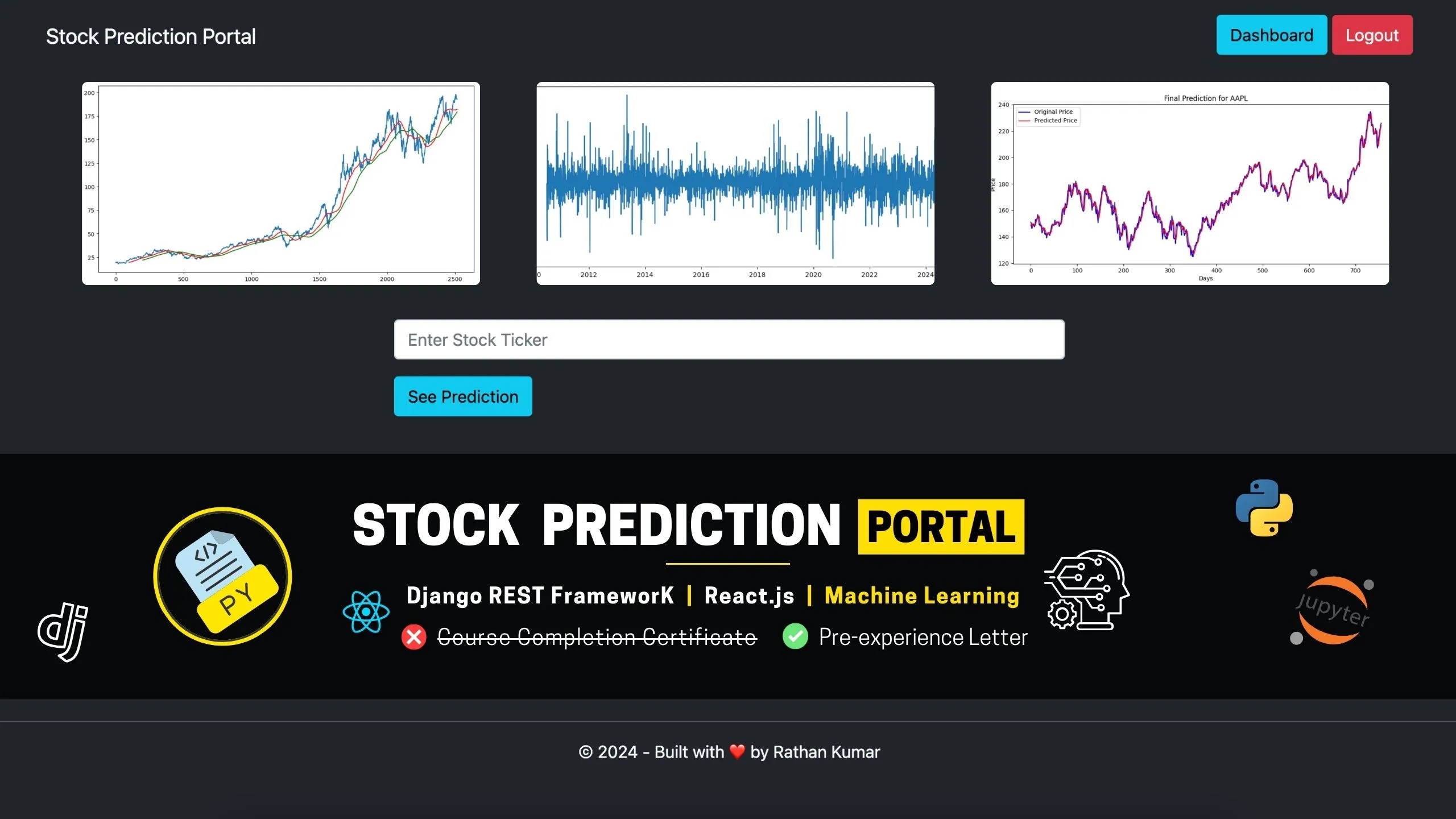I have to know, When use Rest frame work in project? or what type of project needs DRF ? what type of projects don't need DRF ?
Your answer to the question can be a little longer since it’s quite a broad topic: When should you use Django Rest Framework (DRF) in a project? What types of projects need DRF? What types of projects don’t need DRF?
The decision to use Django Rest Framework (DRF) in a project depends on the type of application you're building, the features you need, and how your application interacts with other systems or clients.
When to Use Django Rest Framework (DRF)?
-
APIs Are Needed
If your project needs to share data with other systems, mobile apps, or third-party services, DRF is a great choice.
Examples: E-commerce sites with mobile apps, IoT platforms, or chat applications. -
Decoupled Frontend and Backend
If you're using modern frontend frameworks like React, Angular, or Vue.js, and need your backend to serve data via APIs, DRF fits perfectly.
Example: A learning management system (LMS) with React for the frontend and DRF for the backend. -
Microservices Architecture
For projects with multiple small services that need to talk to each other via APIs, DRF works well.
Examples: Payment gateways, analytics services, or notification systems. -
Data Sharing with Third Parties
If you want to share your application's data securely with other developers or systems, DRF makes this easier.
Examples: A weather API or a stock market tracking service. -
Scalability and Flexibility
When your backend needs to scale independently of the frontend, DRF is a good choice.
Examples: Social media platforms or SaaS applications. -
Custom Authentication and Permissions
If your project requires advanced authentication methods like OAuth2, JWT, or token-based systems, DRF provides built-in tools to handle this.
Example: Apps with complex user roles or secure login systems.
When You Don’t Need DRF
-
Traditional Web Applications
If your project is a standard web app where Django handles both the backend and frontend templates, you likely don’t need DRF.
Examples: Blogs or portfolio websites. -
Simple or Static Projects
For small projects without dynamic data or API requirements, DRF is unnecessary.
Examples: Static informational websites or personal pages. -
No API Needs
If your project doesn’t need to share data externally or separate the frontend and backend, DRF might be overkill.
Examples: Internal tools with simple forms and reports. -
Basic Backend Functionality
When Django’s regular views and models are enough to handle the project’s requirements, there’s no need for DRF.
Examples: Small business websites or early-stage MVPs.

